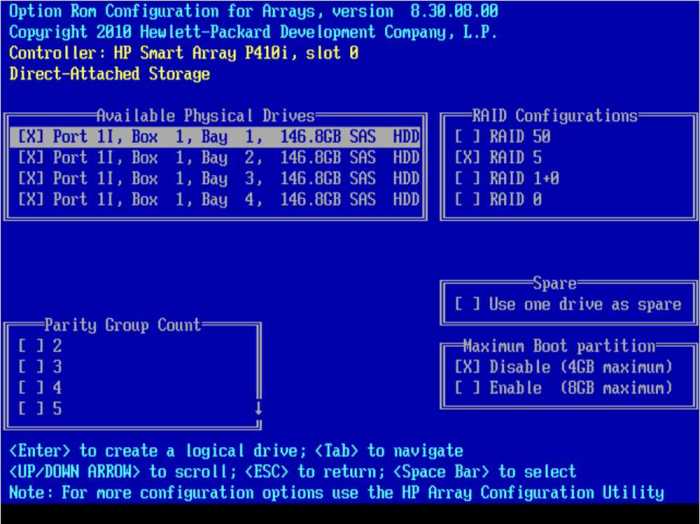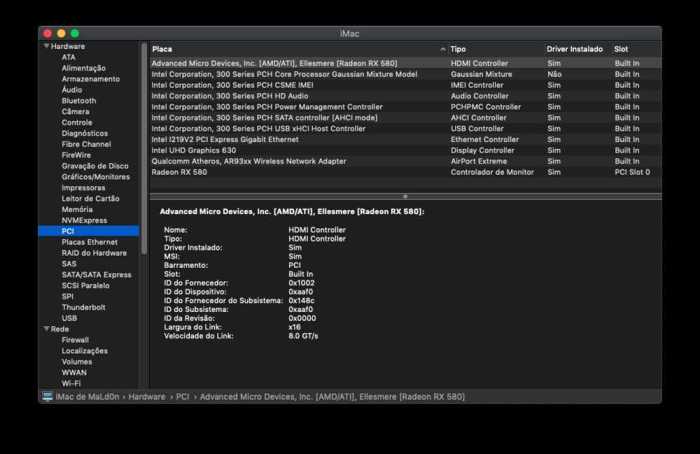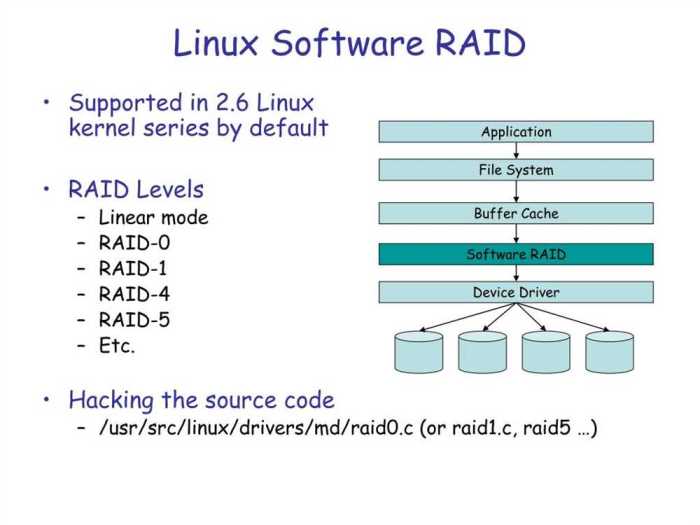Lab 5-5 testing mode install hardware raid – Delving into the realm of lab 5-5 testing mode, this comprehensive guide unveils the intricacies of installing hardware RAID. From comprehending its purpose to exploring various methods and configurations, this discourse equips you with a profound understanding of this essential storage technology.
Lab 5-5 Testing Mode Install Hardware RAID

Testing mode in a hardware RAID configuration allows you to temporarily bypass the RAID functionality and access the individual drives in the array. This can be useful for troubleshooting purposes, such as when a drive fails or when you need to perform maintenance on the array.
To enter testing mode, you typically need to press a specific key combination during the boot process. The key combination varies depending on the RAID controller you are using. Once you have entered testing mode, you will be able to access the individual drives in the array and perform operations such as reading, writing, and formatting.
Testing mode can be a useful tool for troubleshooting hardware RAID issues. However, it is important to note that testing mode is not a permanent solution. Once you have finished troubleshooting, you should exit testing mode and allow the RAID controller to rebuild the array.
Methods for Installing Hardware RAID: Lab 5-5 Testing Mode Install Hardware Raid
There are three main methods for installing hardware RAID:
- BIOS-based RAID
- OS-based RAID
- Hardware RAID controllers
Each method has its own advantages and disadvantages.
| Method | Advantages | Disadvantages |
|---|---|---|
| BIOS-based RAID | Easy to set up and useInexpensive | Limited functionalityNot as reliable as other methods |
| OS-based RAID | More flexible than BIOS-based RAIDCan be used with a wider variety of hardware | Can be more difficult to set up and useMay not be as reliable as hardware RAID controllers |
| Hardware RAID controllers | Most flexible and reliable methodProvides the best performance | More expensive than other methods |
Procedures for Configuring Hardware RAID
To configure a hardware RAID array, you will need to use the RAID controller’s BIOS utility. The steps involved in configuring a hardware RAID array will vary depending on the RAID controller you are using. However, the general steps are as follows:
- Enter the RAID controller’s BIOS utility.
- Select the RAID level you want to use.
- Select the drives you want to include in the array.
- Create the array.
- Assign the array to a logical drive.
Once you have configured the hardware RAID array, you will need to install the operating system on the array. The steps involved in installing the operating system on a hardware RAID array will vary depending on the operating system you are using.
Examples of Hardware RAID Configurations

There are many different hardware RAID configurations that you can use. The most common RAID levels are:
- RAID 0
- RAID 1
- RAID 5
- RAID 10
Each RAID level has its own advantages and disadvantages.
| RAID Level | Advantages | Disadvantages |
|---|---|---|
| RAID 0 | Improved performanceIncreased storage capacity | No data protectionA single drive failure will result in data loss |
| RAID 1 | Complete data protectionA single drive failure will not result in data loss | Reduced storage capacityLower performance than RAID 0 |
| RAID 5 | Good balance of performance and data protectionA single drive failure will not result in data loss | Requires at least three drivesLower performance than RAID 0 |
| RAID 10 | Combines the advantages of RAID 0 and RAID 1Provides both high performance and data protection | Requires at least four drivesMore expensive than other RAID levels |
Considerations for Hardware RAID Maintenance

Hardware RAID systems require regular maintenance to ensure that they are functioning properly. Some of the tasks that you should perform during maintenance include:
- Checking the array health
- Replacing failed drives
- Updating firmware
It is also important to have a data backup plan in place in case of a hardware RAID failure. This will ensure that you can recover your data if the array fails.
FAQ Corner
What is the primary objective of testing mode in hardware RAID?
Testing mode allows administrators to verify the functionality of a RAID array before deploying it in a production environment, ensuring its stability and reliability.
How can I access testing mode on different RAID controllers?
The method for accessing testing mode varies depending on the specific RAID controller. Consult the manufacturer’s documentation for detailed instructions.